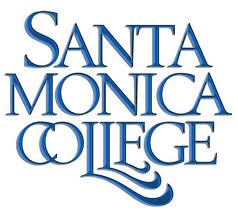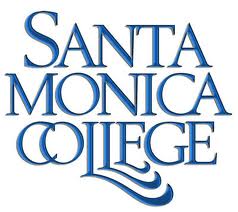
PICO BLVD — Students involved in the April 2012 protest at Santa Monica College that ended when campus police unleashed pepper spray on the crowd dispute the characterization of protesters in a report released this month and say school officials should take more responsibility for events of that night.
The report — which spans 184 pages and includes a play-by-play of the night and supporting documents — was created by a five-member panel comprised of college officials, the campus attorney, a trustee and a student board member.
It documents the events leading up to and following the Board of Trustees meeting on April 3, 2012, in which students and other protesters were exposed to pepper spray unleashed by an officer who has since resigned from the SMC Police Department.
Two went to the hospital, and a 4-year-old child was exposed. The incident made national headlines.
The report lays heavy blame on students and the police for the chaos that sprang out of the protest, specifically calling out former Associated Students President Harrison Wills and the officer who used the pepper spray, Sgt. Jeremiah Williams.
That's unfair, say Wills and current Associated Students President Parker Jean, who believe the administration should accept some responsibility for holding a meeting on the controversial topic of contract education in a room with seats for only 20 of the students who showed up.
An adjacent overflow room had space for 60 more, but students feared they would not get a chance to speak, Wills said.
"It's the wrong approach to blame students that were showing up," Wills said. "If we had adequate space where everyone could speak, participate and talk to the media, I'd say we would have to look at things," Wills said.
Even SMC teachers do not walk away unscathed.
Sections of the report — specifically a police report included as Appendix H — claim that the Faculty Association was involved and supported the students in their actions. The report itself limits that accusation to "several faculty" who assisted protesters "in ways that may have misled them about how their actions would be received," according to the report.
Mitra Moassessi, president of the Faculty Association, did not wish to comment for this article.
The report largely dismisses the space issue, saying that the size of the room was not a problem and did not prevent students and other opponents of the program from expressing their views.
"A similar meeting on the same topic was held in March in the board room without incident," said Don Girard, senior director of governmental relations and institutional communications at SMC. "The report documents that there was no operational request to change the venue."
It also makes the observation that it would be unusual to do so, Girard said.
Although the report includes in its appendices some context for the protest, as global as the Arab Spring uprisings that began in Tunisia in December 2010 and as local as the Occupy L.A. organizers that took over a lawn in front of City Hall, it leaves out most student complaints leading up to the campus protests.
While the report documents the fact that students were upset about contract education, it does not mention the sense amongst students that the administration had ignored policies around shared governance, a process which aims to include student representatives in decision-making.
Instead, students felt betrayed by the Board of Trustees who pushed forward with the proposal despite obvious disagreement from students and a motion by the student trustee to pull the recommendation at a March meeting.
The result was an angry student body, which then felt further snubbed by officials when told that only 20 students could be in the room at the time of the meeting.
Students pushed against police officers — also criticized in the report as having a bad contingency plan and being understaffed — and did their best to open the door to the meeting room so that they could participate directly in the meeting.
Those actions became a toxic brew that ultimately led to the release of the pepper spray.
That could have been prevented by forethought on the part of policymakers, Jean said.
"They need to do a better job beforehand in not making these unilateral, top-down decisions," Jean said. "You have to community-build, reach out and compromise as well. That's why it went so terribly wrong."
The report comes to its own conclusions about how to improve the situation, citing 13 policy recommendations and giving a 60-day timeline to get the ball rolling on them.
None of those explicitly include moving meetings with controversial items to a larger room.
"The large point of the report is to improve planning," Girard said. "That process is underway, and there are people responsible at each level to develop clarity as to how to conduct large meetings."
ashley@www.smdp.com









